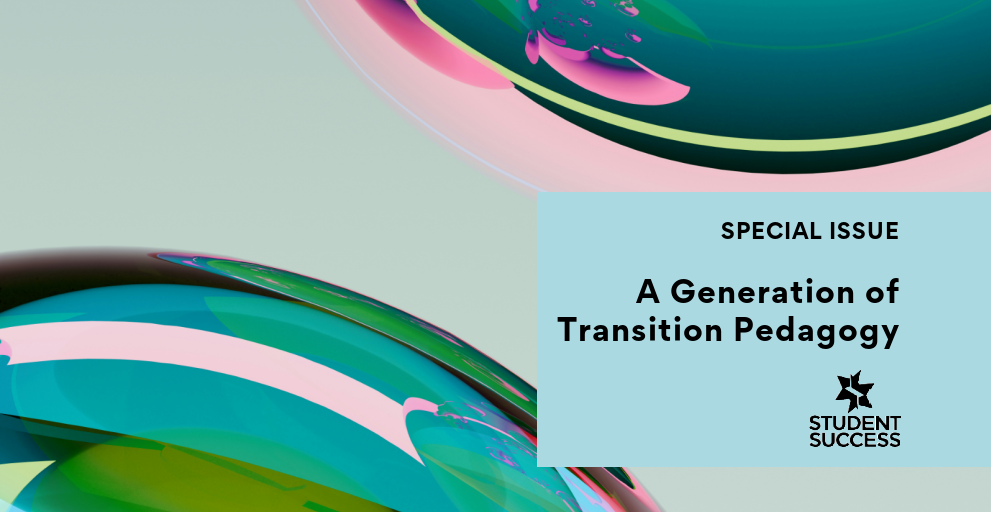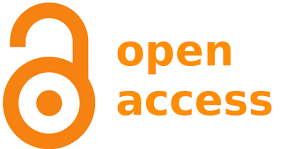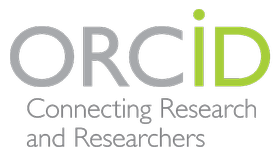“I Want to Feel That I Belong to This Place”: Helping Students Transition to University by Combining the Peregrination of Belonging With Transition Pedagogy
DOI:
https://doi.org/10.63608/ssj.3773Keywords:
belonging, transition pedagogy, equity students, Enabling programsAbstract
Equity students entering higher education through Enabling programs often encounter significant challenges as they transition into the academic field. This transition involves navigating the hysteresis juncture, a moment of misalignment between students’ ingrained habitus and the expectations of the academic environment. This study explores the intersection of Kift’s (2009) Transition Pedagogy and James’ (2024) Peregrination of Belonging model, illustrating how Enabling program students navigate the complexities of higher education through both structured institutional support and deeply personal experiences of identity transformation. The findings emphasise that while academic scaffolding is crucial, it must be complemented by an understanding of students’ social and emotional realities, as belonging is a prerequisite for academic success. Enabling programs offer more than just alternative pathways into higher education; they serve as transformative spaces where students renegotiate their identities, develop resilience, and build confidence. The study highlights key factors in the transition process, including misalignment and disorientation, negotiating new dispositions, transformative adaptation, and determined hope as a catalyst for change. It underscores the importance of strategic adaptation to academic demands and re-narrativisation as a means of identity transformation. This research contributes to ongoing discussions about transition pedagogy by advocating for holistic, student-centred approaches that enable equity students to thrive in higher education, ultimately enhancing retention, engagement, and self-efficacy.
Downloads
Downloads
Published
How to Cite
Issue
Section
License
Copyright (c) 2025 Trixie James

This work is licensed under a Creative Commons Attribution 4.0 International License.
Authors retain copyright and grant the Journal right of first publication with the work simultaneously licensed under a Creative Commons Attribution International Licence (CC BY 4.0) that allows others to share the work with an acknowledgement of the work's authorship and initial publication in this journal.







